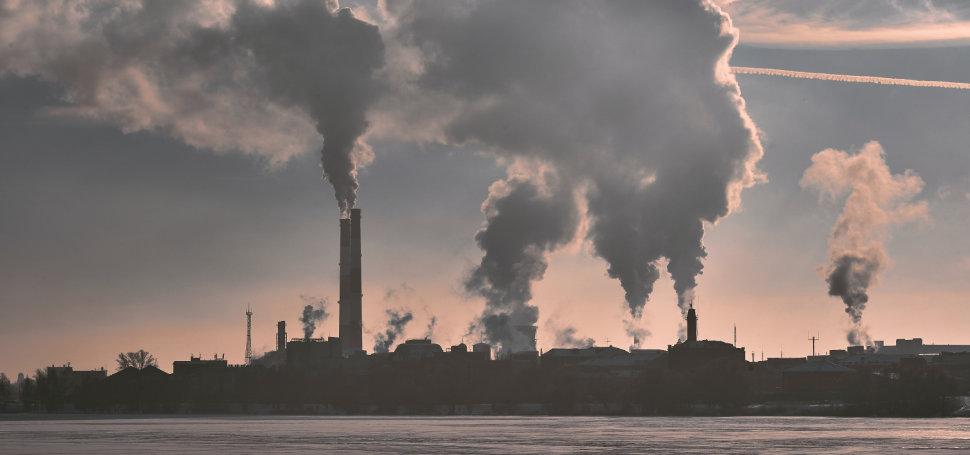
Record high carbon dioxide levels, temperatures – and emissions are expected to rise sharply after the pandemic
Last year we could see how the global coronavirus pandemic led to huge drops in air pollution around the world. The coronavirus had such massive effect on slowing down human activity and the global economy that even Earth Overshoot Day was slightly delayed compared to previous years. But even with all of this, the climate crisis remained relentless in 2020 and continued seemingly unabashed by the economic effects of the pandemic.
So how did the coronavirus pandemic affect climate change and global greenhouse gas emissions? According to IEA data, global energy-related CO2 emissions fell by 5.8 percent - which is the largest annual percentage decline since World War II. But despite this, a UN report released last month said that the global coronavirus pandemic had no effects on atmospheric CO2 levels. In fact, according to the report the pandemic was a "double blow" as the various lockdown restrictions made the impacts of global warming even worse for millions of already vulnerable people.
"This is a frightening report," UN Secretary-General António Guterres said at the press conference where it was published. "We are on the verge of the abyss... We are seeing record levels in tropical storms, in the melting of ice sheets or glaciers, in relation to drought, heat waves and wildfires," U.N. Secretary-General Antonio Guterres told Reuters.
Despite La Niña cooling down large parts of the world last year, 2020 was still ranked among the hottest years on record with experts warning that "we can expect more of the same" as rising global greenhouse gas emissions have caused the warmest six years in recorded history to take place since 2015.
"We have been saying this for decades – more and more greenhouse gases will lead to more and more warming," Ed Hawkins, from Reading University, told BBC News. "One degree of heating is dangerous for some people, as we've seen," Hawkins said last year while presenting new data that showed that September of 2020 was the hottest ever recorded globally since the 19th century. "Two degrees is more dangerous still, and three degrees even more dangerous. We really don’t want to find out what that’ll be like."
According to analysis and projections, total energy emissions for 2021 is expected to be slightly lower than in 2019. But as pandemic-induced restrictions have been loosened, global CO2 emissions has had a roaring comeback. More worryingly still, emissions are expected to increase sharply after the pandemic. According to a recently released report from the International Energy Council, IEA, emissions are expected to reach the second highest levels ever historically as the world economy recovers after the coronavirus pandemic.
"This is a dire warning that the economic recovery from the Covid crisis is currently anything but sustainable for our climate," Fatih Birol, executive director of the IEA, said in the report. "Unless governments around the world move rapidly to start cutting emissions, we are likely to face an even worse situation in 2022," he added.
And just last month a gloomy symbolic milestone was achieved as atmospheric CO2 levels exceeded a daily average of 420 parts per million (ppm) – which is halfway to a doubling compared to pre-industrial times. When the measurements began in 1958, the level was just over 315 ppm. The pre-industrial level, before humans began to burn fossil fuels, has been calculated to slightly below 280 ppm.
When it comes to climate change, 2021 is looking just as bleak as 2020 and previous years. But like the famous climate activist Greta Thunberg have said: we have not yet failed, but we must now do the seemingly impossible.
Photo by Maxim Tolchinskiy.

Recommended Comments
Join the conversation
You are posting as a guest. If you have an account, sign in now to post with your account.
Note: Your post will require moderator approval before it will be visible.